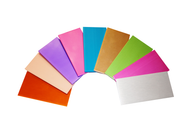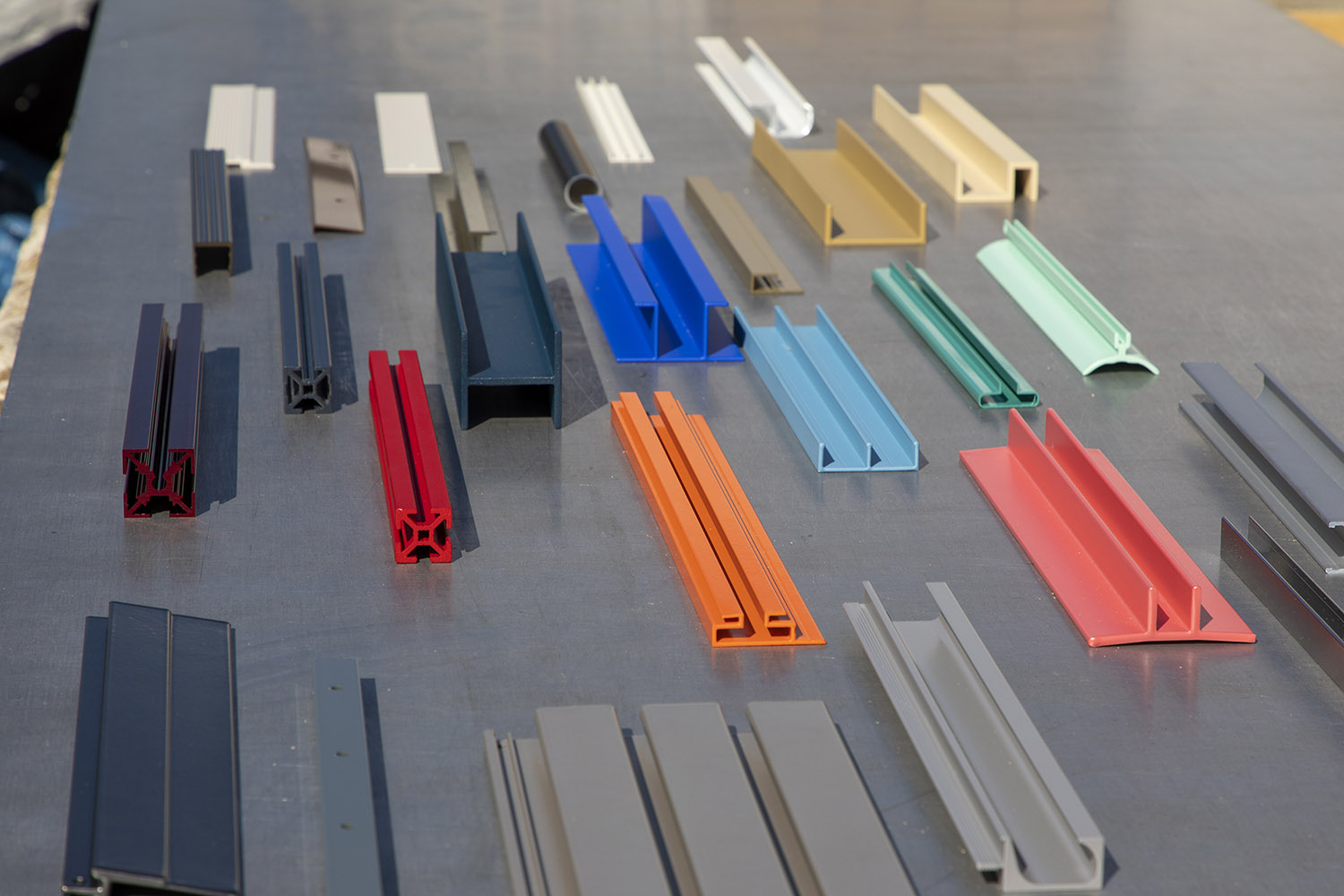Metal vs. Surface Finishes for Aluminum Extrusions

When it comes to aluminum extrusions, achieving the desired aesthetic and functional qualities is paramount. One crucial aspect in this process is selecting the appropriate finishing technique. However, the terms "metal finishes" and "surface finishes" are often used interchangeably, leading to confusion. In this blog, we will unravel the distinctions between these two finishing methods and explore their respective benefits for aluminum extrusions.
Metal Finishes: Adding Beauty and Protection
Metal finishes refer to a range of coating applications that provide both aesthetic appeal and protection to aluminum extrusions. These finishes typically involve the deposition of a thin layer of metal onto the surface of the extrusion. The most common types of metal finishes for aluminum extrusions include anodizing and powder coating.
Anodizing: A Powerhouse of Protection
Anodizing is a process that enhances the natural oxide layer on aluminum, making it thicker, harder, and more durable. This electrochemical process involves immersing the aluminum extrusion in an electrolytic bath and applying an electric current. The result is an oxide layer that can be further enhanced with various dye colors or left clear for a natural metallic appearance. Anodizing provides excellent corrosion resistance, wear resistance, and UV stability, making it ideal for both indoor and outdoor applications.
Powder Coating: A Kaleidoscope of Colors
Powder coating involves the application of a dry powder onto the aluminum extrusion's surface, which is then cured under heat to form a tough, protective finish. This method offers a wide array of colors and finishes, allowing for endless design possibilities. Powder coating provides exceptional durability, impact resistance, and chemical resistance, while also being environmentally friendly due to its lack of volatile organic compounds (VOCs).
Surface Finishes: Enhancing Texture and Feel
Surface finishes, on the other hand, focus on modifying the texture and tactile experience of aluminum extrusions. These finishes alter the physical characteristics of the extrusion's surface without adding a separate metal layer. The primary surface finishes for aluminum extrusions include brushing, polishing, and etching.
Brushing: A Distinctive Striated Pattern
Brushing involves the use of abrasive brushes to create a series of parallel or circular striations on the aluminum surface. This process provides a unique and visually appealing texture while maintaining the metallic sheen of the aluminum. Brushed finishes are often chosen for applications where a modern, industrial look is desired.
Polishing: A Mirror-Like Shine
Polishing is a mechanical process that smoothens the aluminum surface to create a highly reflective, mirror-like finish. This technique involves progressively finer abrasives to eliminate scratches and imperfections, resulting in a glossy appearance. Polished finishes are favored in applications where a sophisticated, high-end aesthetic is desired.
Etching: Unleashing Creativity
Etching is a process that chemically alters the surface of aluminum extrusions, creating intricate patterns or designs. By selectively removing material through acid or laser etching, one can achieve custom patterns that enhance the visual appeal of the extrusion. Etched finishes offer versatility and can be combined with other finishing techniques for unique and personalized results.
Choosing the Right Finish
Selecting the appropriate finish for your aluminum extrusions depends on several factors, including the desired appearance, functional requirements, and environmental conditions. Metal finishes like anodizing and powder coating provide superior protection against corrosion and wear, making them suitable for outdoor applications. Surface finishes such as brushing, polishing, and etching, on the other hand, focus on texture and aesthetic appeal, lending themselves well to architectural and decorative applications.
Conclusion:
Understanding the distinction between metal finishes and surface finishes is crucial for making informed decisions when it comes to aluminum extrusions. Metal finishes like anodizing and powder coating offer durability and a wide range of color options, while surface finishes such as brushing, polishing, and etching add texture and visual interest. By selecting the right finish, you can ensure that your aluminum extrusions meet both your functional requirements and aesthetic aspirations.



